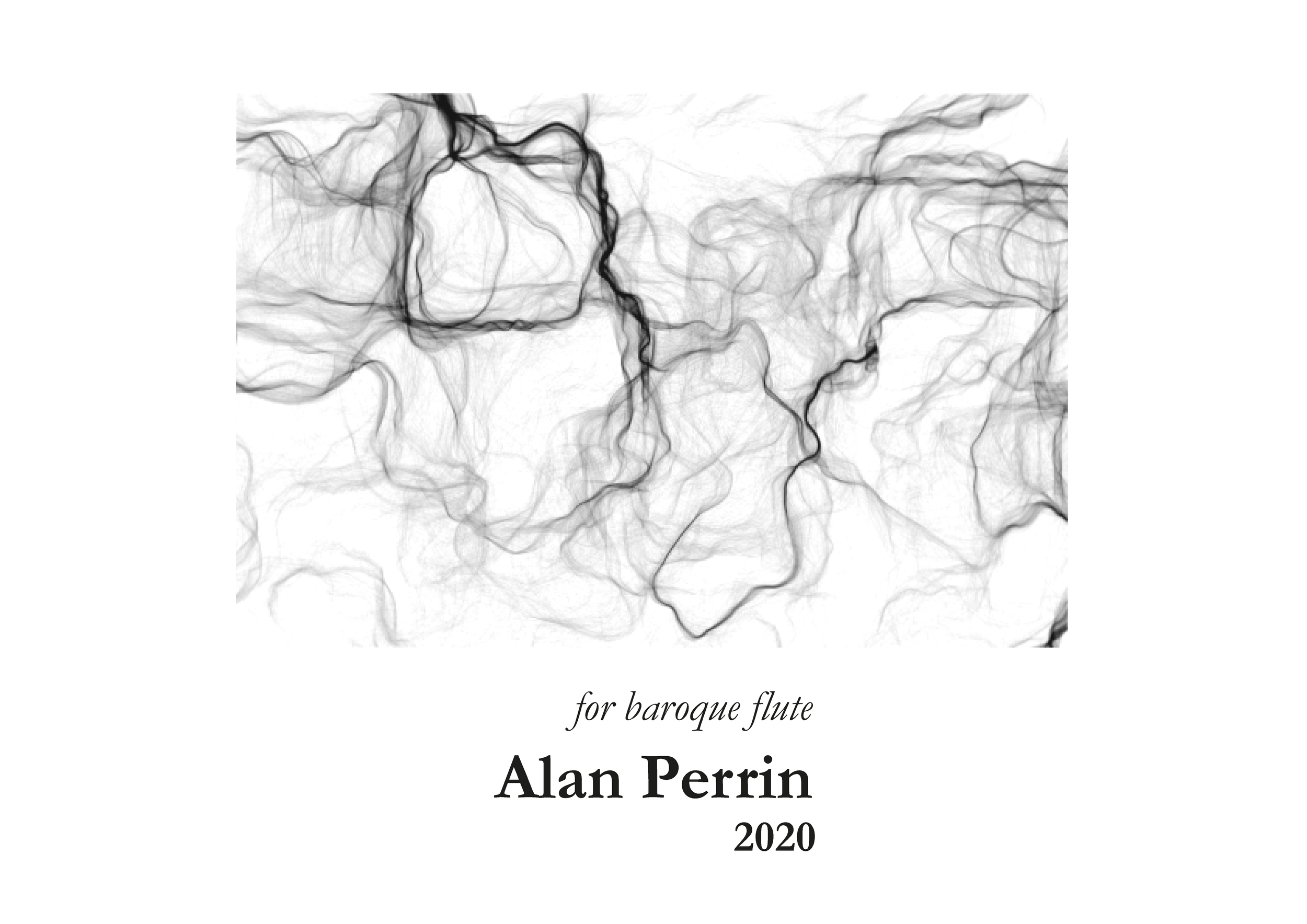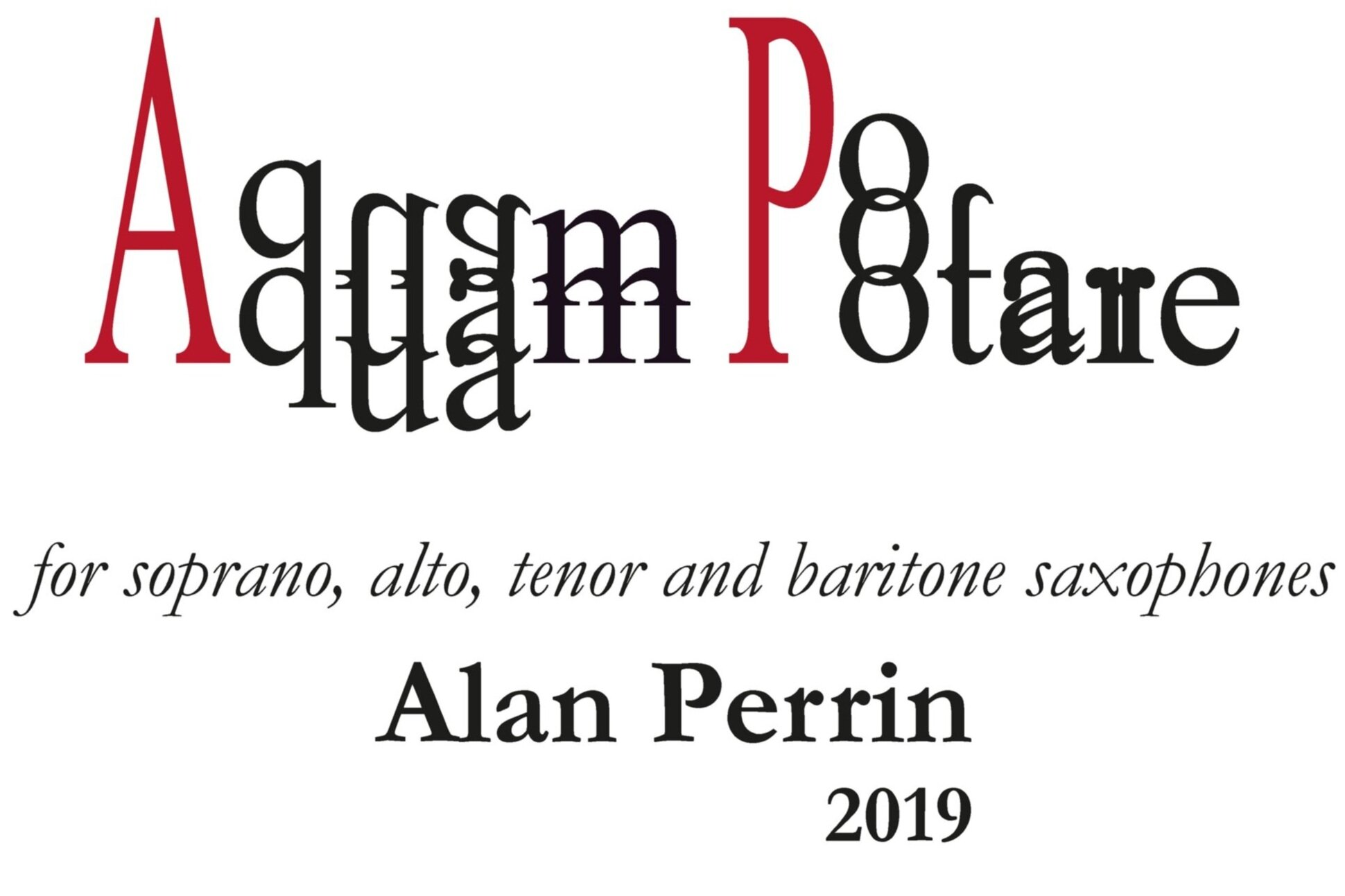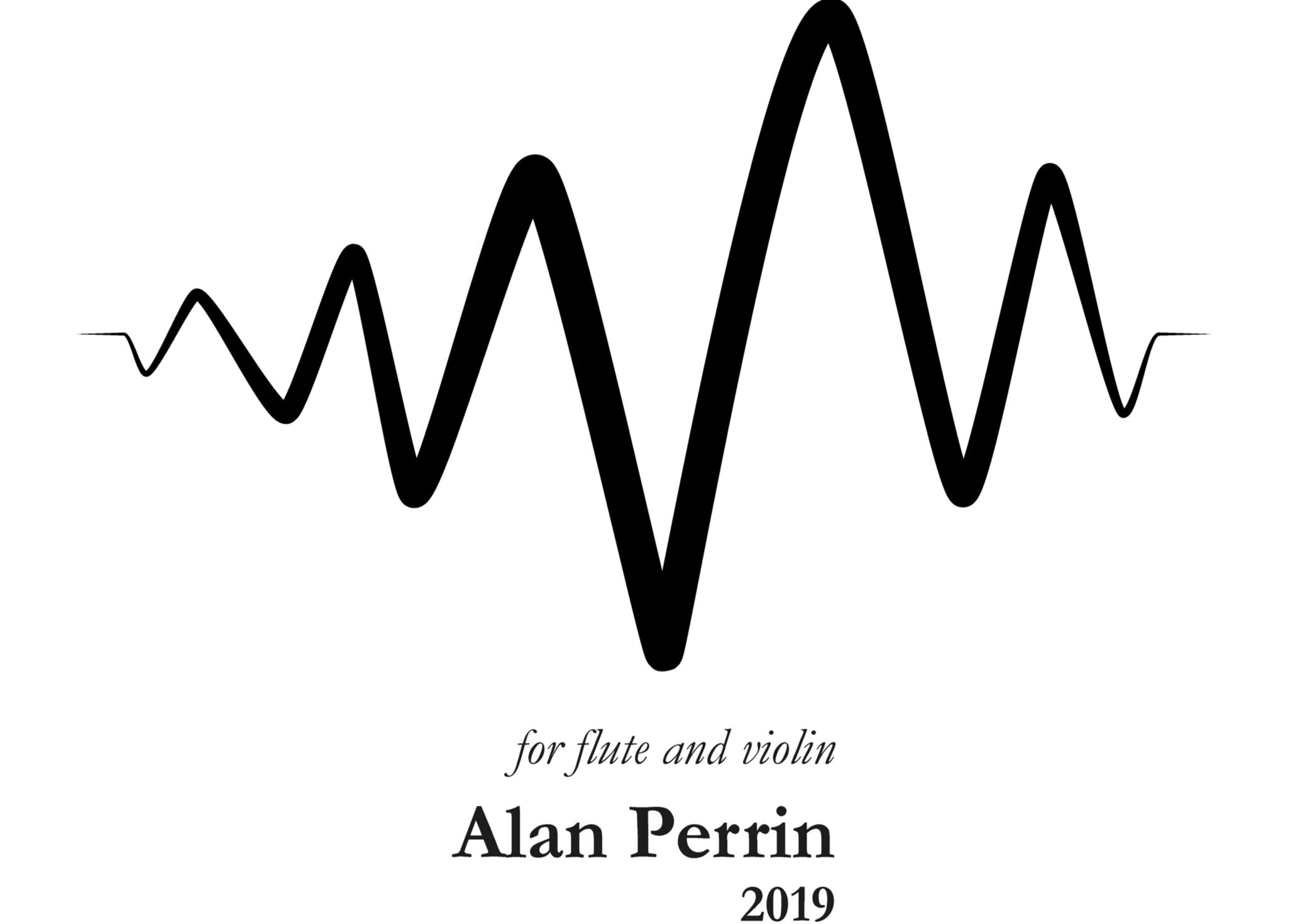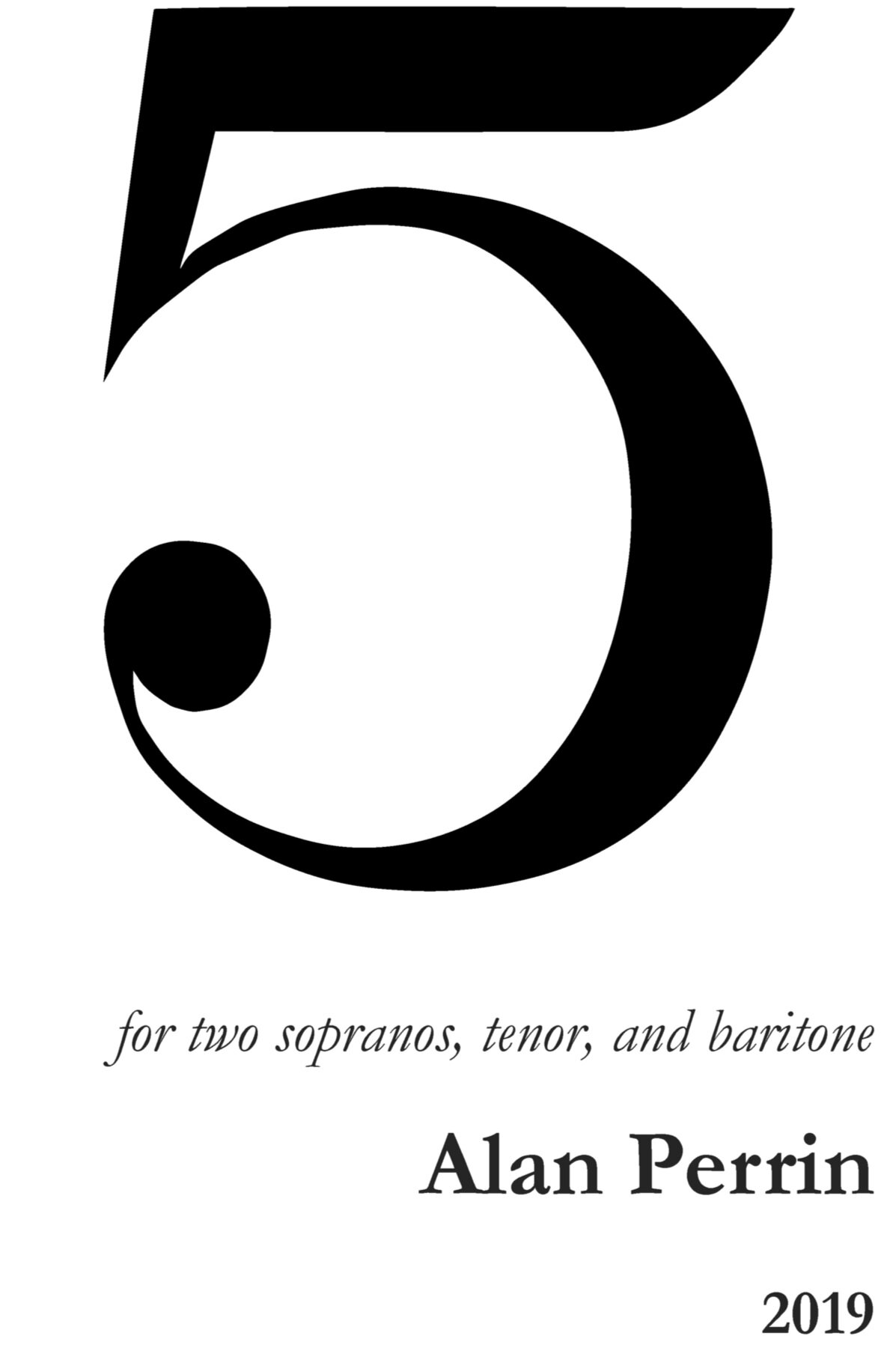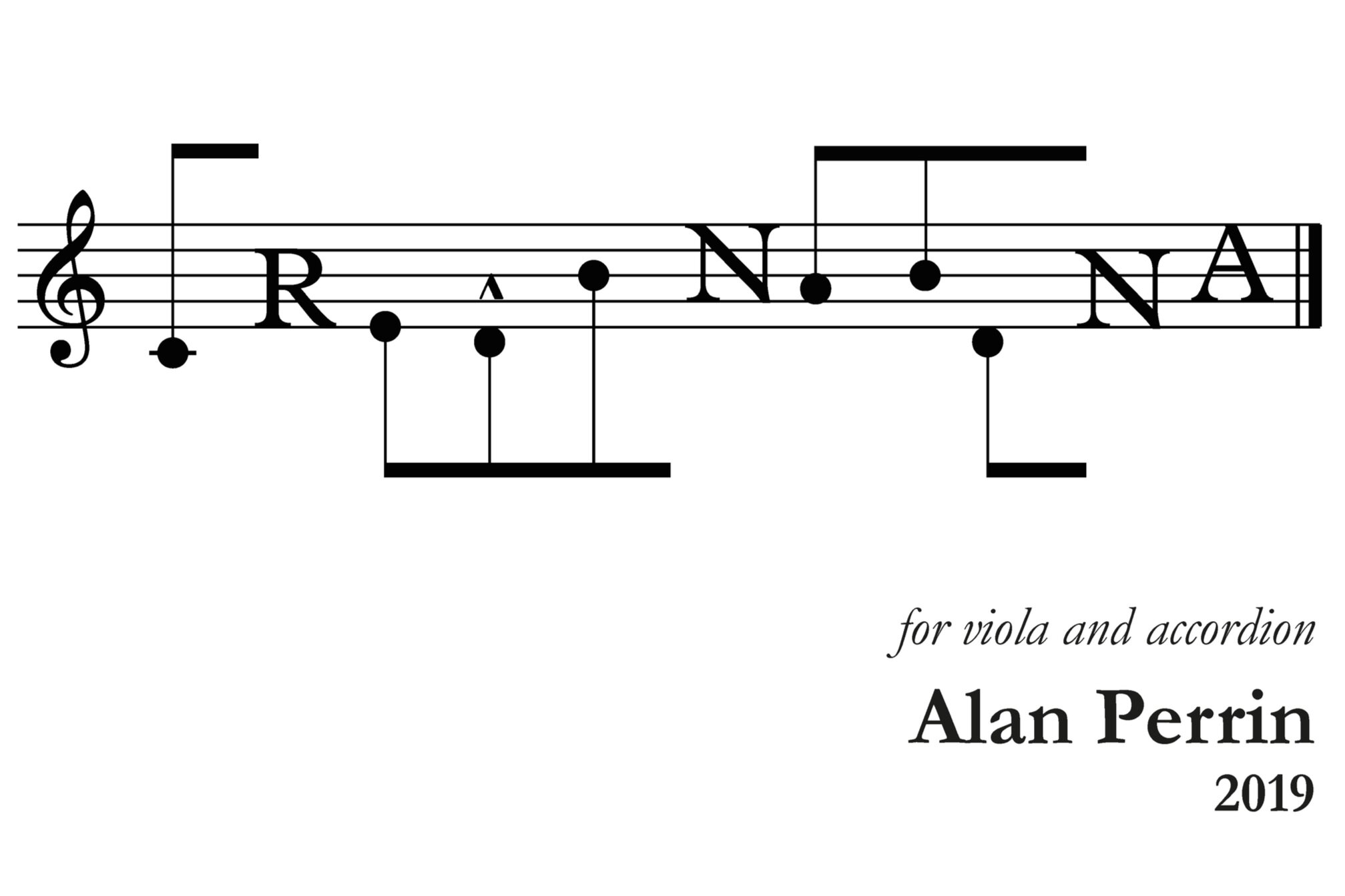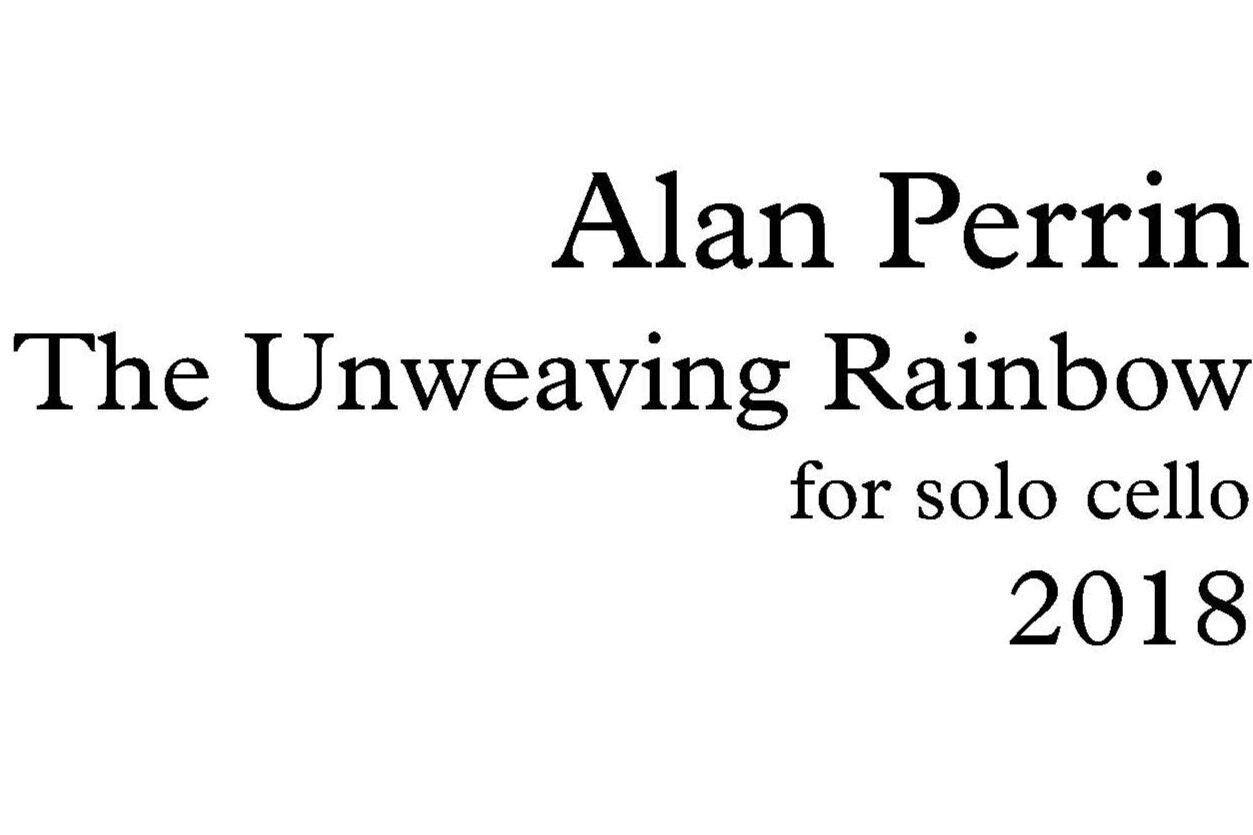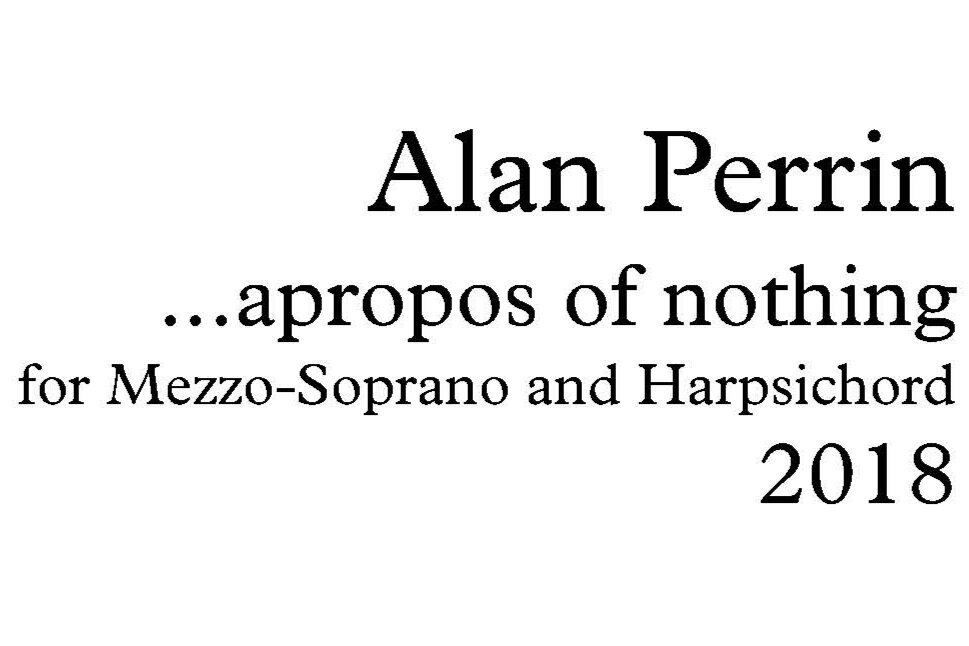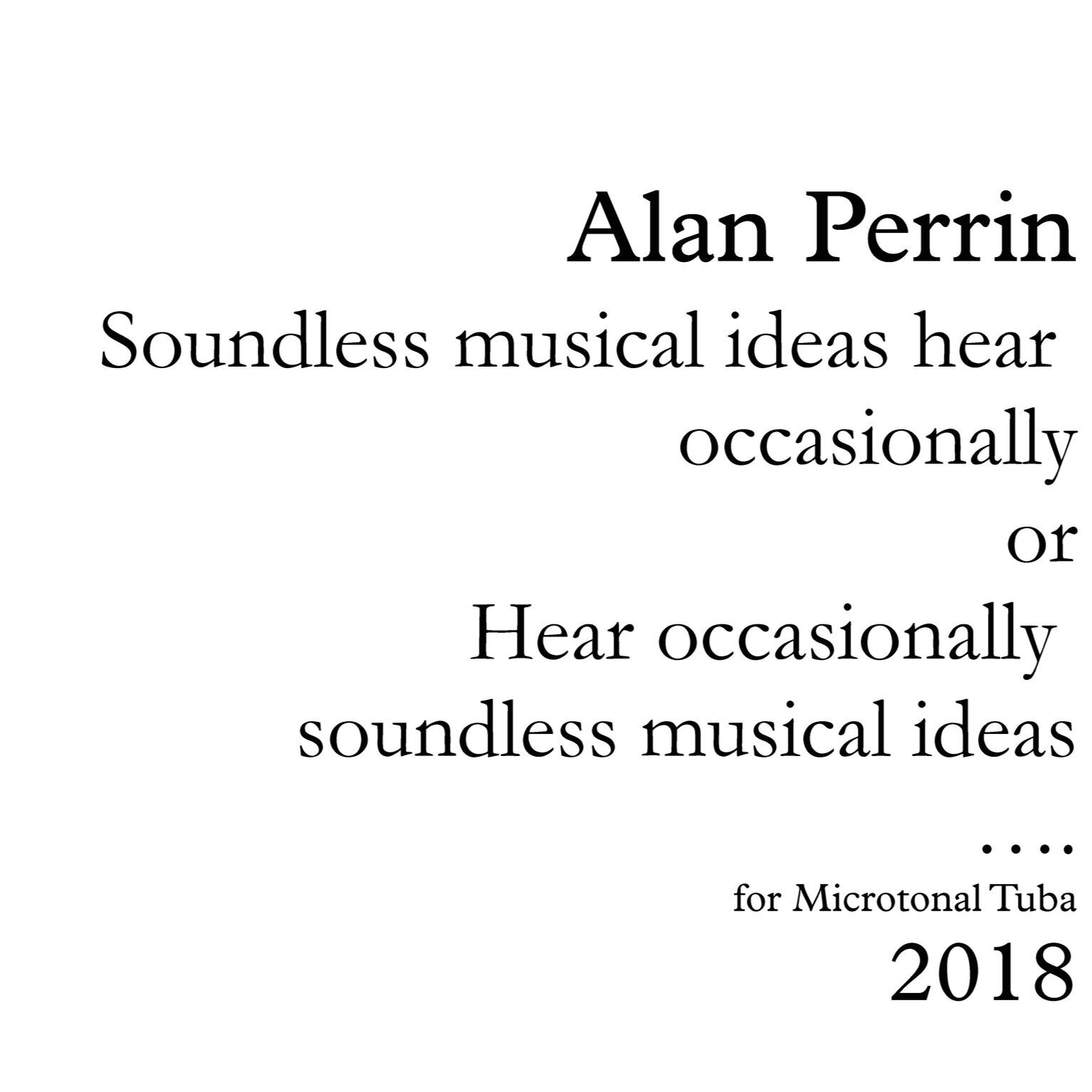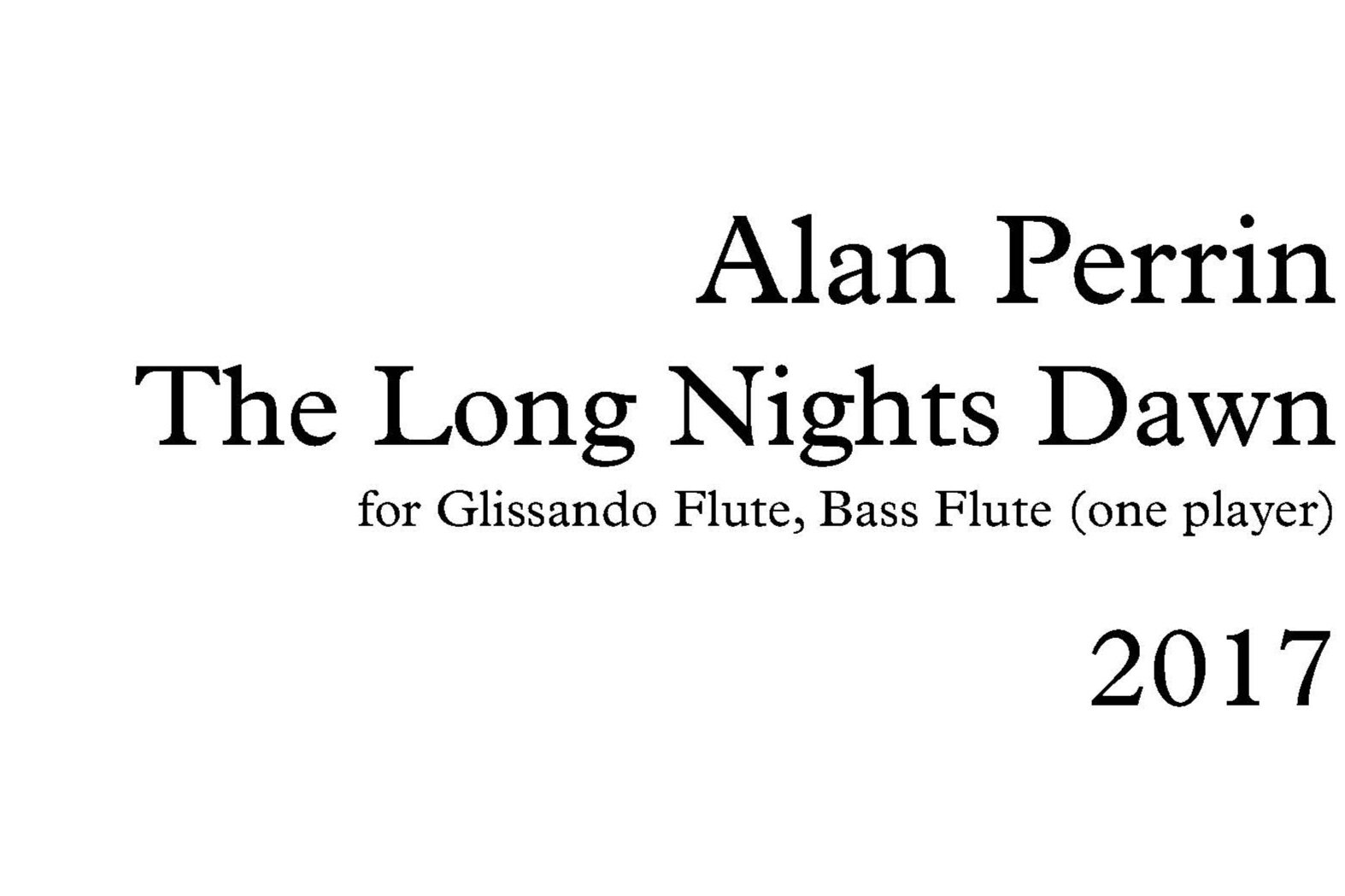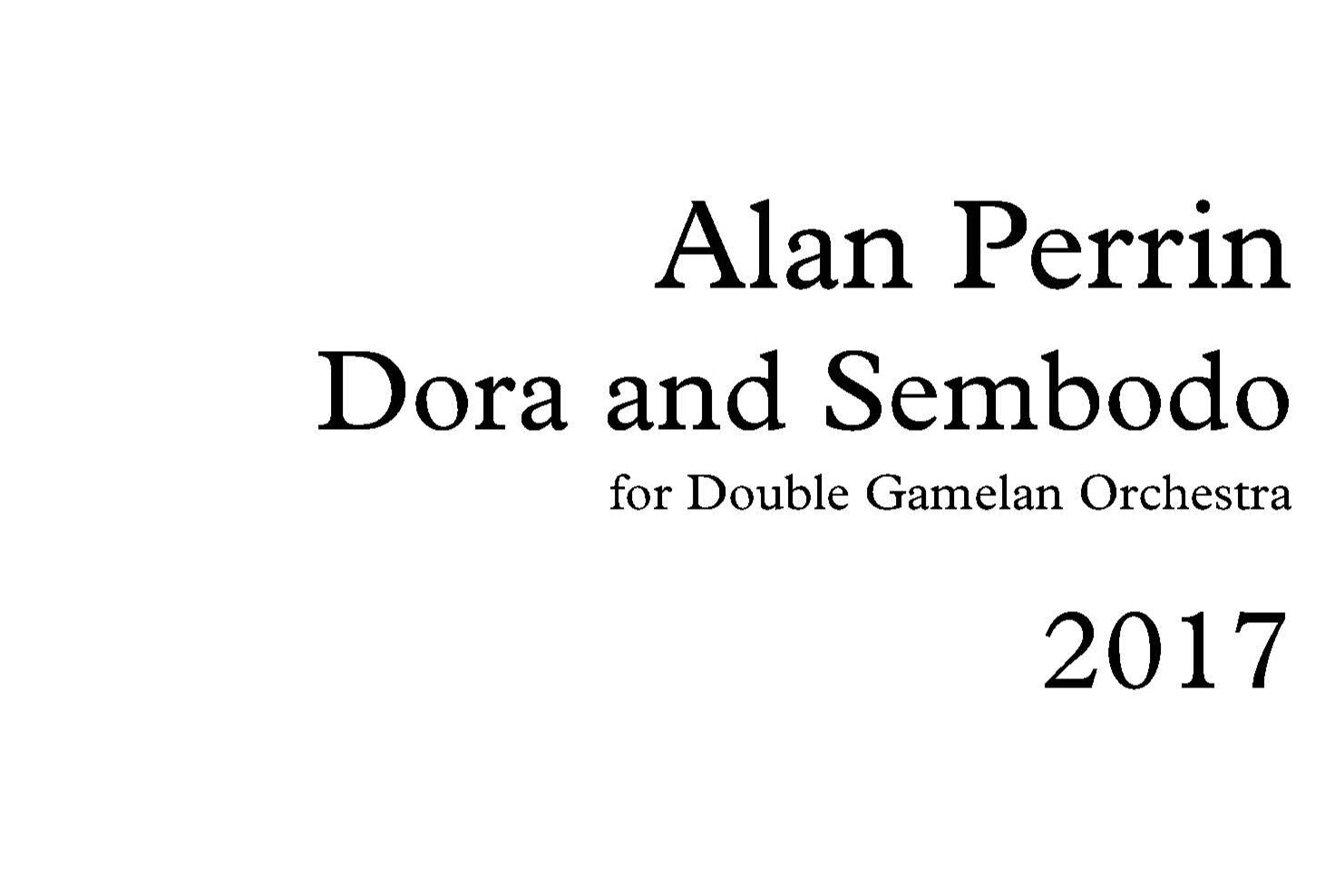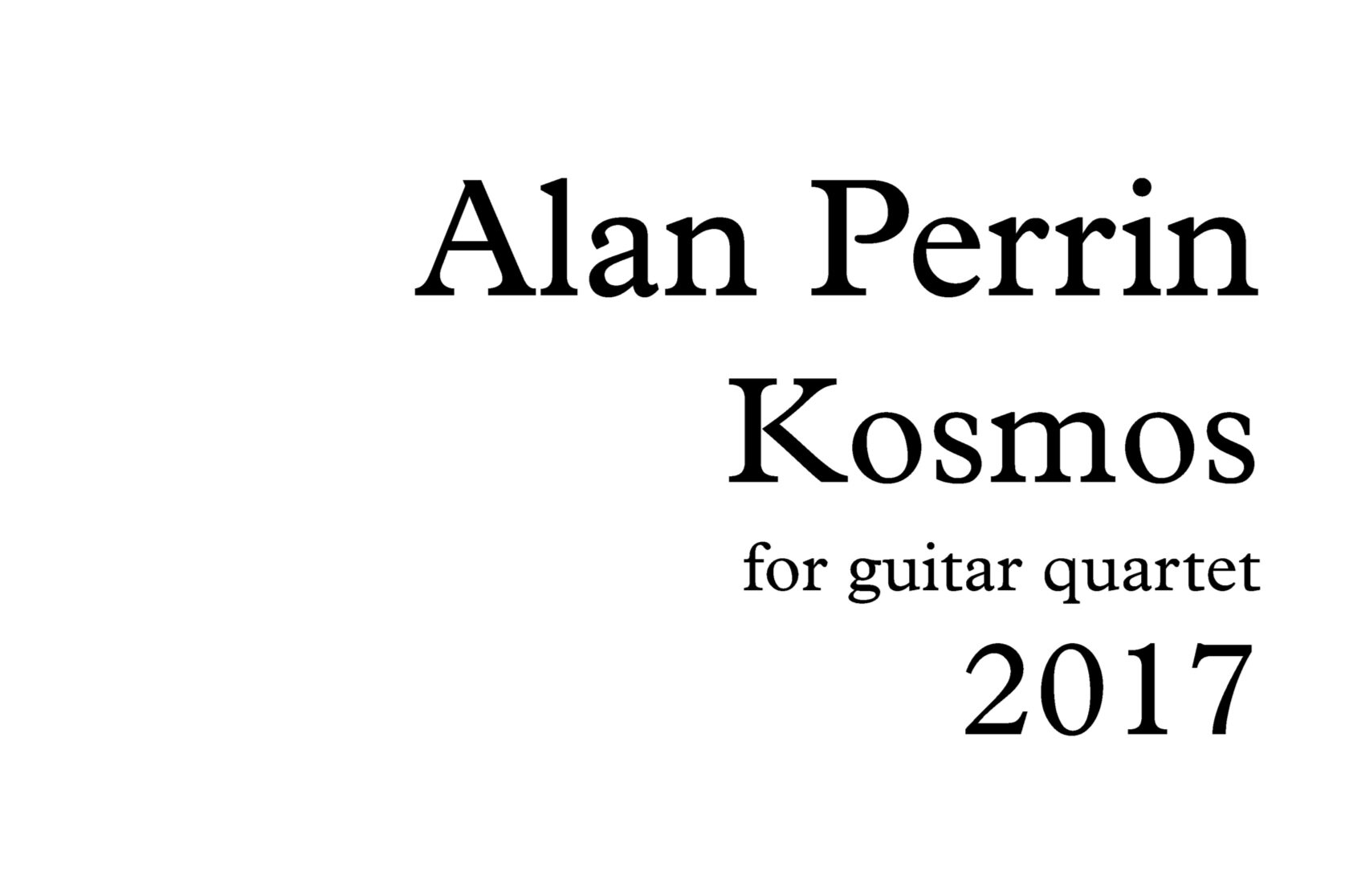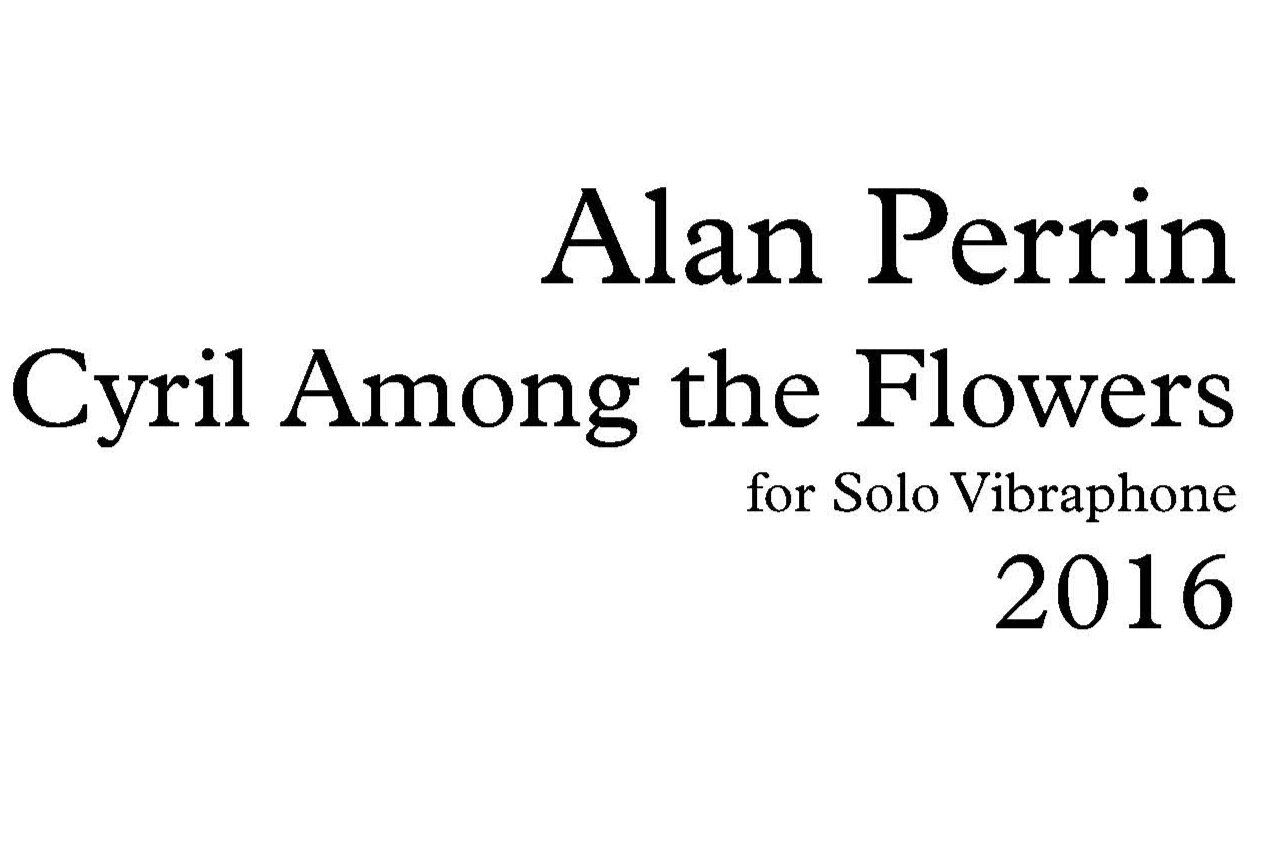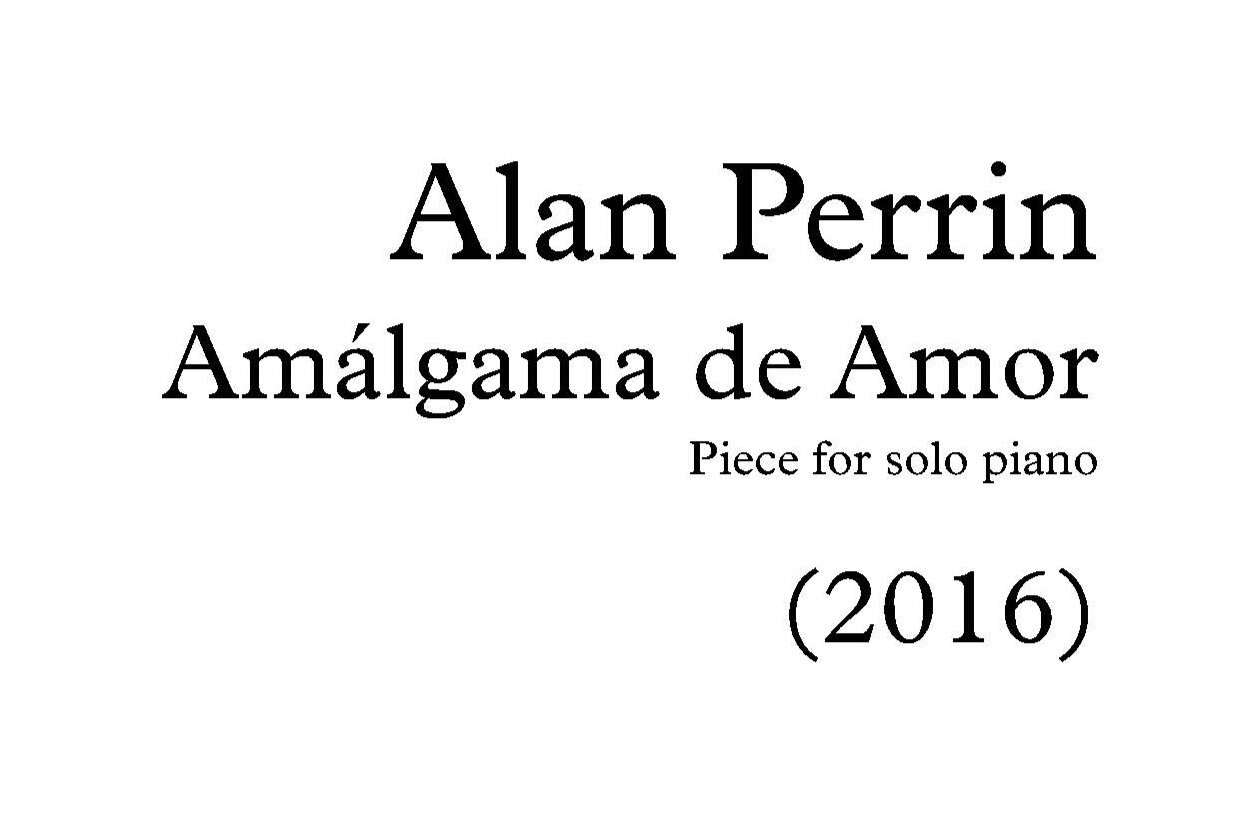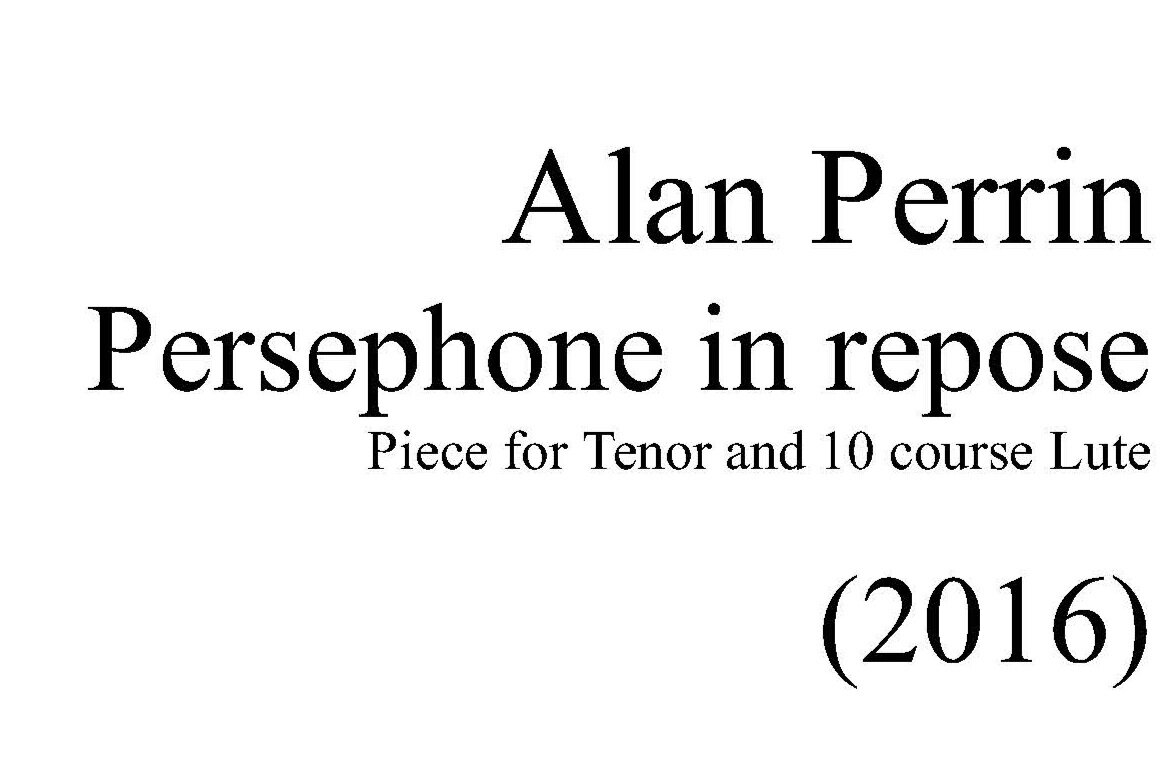Scores
2021
2020
2019
2018
2017
2016
A not untrue doublespeak answer
A not untrue doublespeak answer ca. 4'
Programme Note
George Orwell in his essay Politics and the English Language (1945) writes about the importance of clarity and concise language and how those elements affect political writing. It was the use of language —especially in the political sphere— which was the starting point for this piece. We are all too aware of the constant misuse of language by politicians which deliberately obscures, disguises, distorts, or reverses the meaning of words, which is known as doublespeak (Orwell 1925:17 [3]). For this piece I wanted to explore how such doublespeak could be used in a musical narrative. The musical flow thus created uses two musical forces the Saxophone quartet and the live electronics. The result is a thesis of separate disjointed musical structures, an antithesis of conflicting structures, and finally the synthesis of the previous structures into unison. All of which is used to disguise the actual message of this work.
from nothing to something, through everything
from nothing to something, through everything ca. 6'
Programme Note
from nothing to something, through everything is a reflection growth. This growth is carried out on two levels: pitch and rhythm. The work begins with air sounds on the flute and bowing of the violin wood. These sounds move between noise and tone in a limited range; initially, the pitch change is in a microtonal sound world; based on a system of resonances. As the work grows, its rhythmic complexity and tempo also increase. Temporal growth is accompanied by an expanding range of instruments ---finally, the entire range of each instrument is employed before it disintegrates and returns to nothing.
Dormiré Sin la Sirena
Dormiré Sin la Sirena for viola and accordion ca.10'
Programme Note
Dormiré Sin la Sirena is a work entirely derived from a single pattern: 1, 3, 2, 7, 6, 7, 2. By combining ideas related to algorithmic approaches to composition. The piece cycles through the pattern across a pitch, rhythm and form. This multi-levelled treatment of musical structures gives the work a web of connectivity which can be found from what could be called the microscopic to the macroscopic levels of the work. The title of the work comes from a challenge I set myself in which I could only use letters from the fixed-do solfége. Spanish words worked well in this system, and with some experimentation, I was able to create a title with a level of semantic meaning Dormiré Sin la Sirena, or in English: To Sleep Without a Mermaid.
5
5 for two sopranos, tenor, and baritone c. 8'
Soundless Musical Ideas Hear Occasionally
Soundless musical ideas hear occasionally c. 10'
Programme Note
For this work, I wanted to write a piece in the material would be like the mobile sculptures of Calder Alexander. I worked out the shorter ‘denser’ objects are the multi-technique phrases through experimentation and a patch which I programmed in OpenMusic. These dense phrases are joined together via longer modal phrases. To express the third dimension of motion, which is present in the Alexander mobiles I used the dynamic range of the tuba to give an important role to have the impression of sound far away and close by.
...apropos of nothing
...apropos of nothing for Mezzo Soprano and Harpsichord c. 7'
Programme Note
In …apropos of nothing, I devised a way to introduce a metalevel of miscommunication; central to this idea is the unmeasured notation in the harpsichord. The use of free or highly variable durational scheme allows the performers to adjust both tempo and rhythm according to their spontaneous reaction. The text in the composition is of my creation based on ‘false friends’ from four different languages, to create an abstract narrative with no discernible meaning; in other words, apropos of nothing.
The Unweving Rainbow
The Unweaving Rainbow for solo Cello c.15'
Programme Note
For The Unweaving Rainbow, I wanted to explore the interaction of form and musical material.
Herein, the whole works construction is primarily concerned with an unravelling of the musical
content. An introduction outlines the chords which make up the melodic material which is then
gradually stretched out to convey an unravelling. My thinking behind this procedure to the
material was to consider an unravelling thread spool, however, in this case it is the temporal
spool which, as time goes on, it’s length grows.
Dora and Sembodo
Dora and Sembodo for double Gamelan Orchestra c.10'
Programme Note
Hana caraka
Data sawala
Padha jayanya
Maga bathanga
The work gets its title from the two servants named in a Javanese legend developed by King Aji Saka. Inspired by a quadriptych of the legend the work contains a four movement structure: Aji Saka’s faithful servants Dora and Sembodo were sent a message to bring the pusoko (heirloom) to Java. When Dora came to Sembodo and told him Aji Saka’s order Sembodo refused since he remembered Aji Saka previous order: no one except Aji Saka himself was allowed to take the pusoko. Dora and Sembodo each felt suspicious towards another and suspecting each other tried to steal the pusoko. So they fight each other to death.
Kosmos
Kosmos for guitar quartet c.12'
Programme Note
Kosmos represents something of a natural progression as it related directly to my own experience
as a classical guitarist. Drawing upon my knowledge of playing classical guitar, I felt inspired to
write for guitar quartet because of a frustration with the repertoire, in which engagement with
contemporary musical issues and trends is often left wanting. Composers are more adventurous in
writing for solo guitar with works; therefore, I wanted to bring a similar level of engagement for
guitar quartet repertoire.
The Long Night's Dawn
The Long Nights Dawn for Glissando Flute, Bass Flute (One player) c. 10'
Programme Note
Stefan Zweig once wrote that memory is not a phenomenon preserving one thing and losing another merely by chance, but is a poAwer that deliberately places events in order or wisely omits them.
Here the memories are of a disparate Europe in a lament towards the end of life for many cosmopolitan Viennese. A Europe “lost” as it tears itself apart for the second time in living memory.
Conceived as a homage to Stefan Zweig, the piece makes use of Jewish prayer mode cantillations and computer-based techniques providing a dialectic of contrary interests in a single sound world. Zweig began “The World of Yesterday” with a suggestion from Shakespeare: “Meet the time as it seeks us.” On that, at least, he had a point.
Cyril Among the Flowers
Cyril Among the Flowers for solo vibraphone c.5'
Programme Note
Cyril Among the Flowers was commissioned by the Belfast Music Society for performance in the Night Music Series 2017 by Alex Petcu. The title of the work comes from a well known character in Belfast, Bontanic Cyril. Cyril is a homeless man often seen in the Botanic Gardens with plastic bags full of books. I was drawn to the contrast of the place in which he set himself. Belfast's Botanic Gardens in summer is a wash with colour, and Cyril stands out against the flowers in full regalia.
Amàlgama de Amor
Amàlgama de Amor for solo Piano c.4'
Programme Note
Written as a 21st-century response to the love song genre. Amálgama de Amor evokes a romanticised
soundscape through the use of two types of pedalling, which have been termed ‘Half pedalling’ and
‘Tremolo pedalling’. In the first of these techniques, half pedalling involves a partial depression of the pedal
so that only some of damper makes contact with the string. The second technique, tremolo pedalling, is an
extension of half pedalling, where the foot ‘trills’ the pedal to damp some of the sounds while giving the
effect of the constant pedal.
Persephone in Repose
Persephone in Repose for Tenor and 10-course Lute c.4'
Programme note
Persephone in Repose is the setting of music to the poem Demeter by Carol Ann Duffy, in which the Greek goddess Demeter is lamenting the loss of her daughter Persephone to the underworld. Taken from her collection The World’s Wife, Carol Ann Duffy challenges traditional male orientated myths and legends and creates stories from a female point-of-view. The storyline of my piece however puts the focus on the father whose grief is equally felt. This is reflected in the title where the subject of mourning Persephone made the focal point.
Persephone in Repose is a through-composed piece which seeks to evoke grief through the use of dissonance with sparse consonance as well as often disjointed movements of the Lute and Voice.

